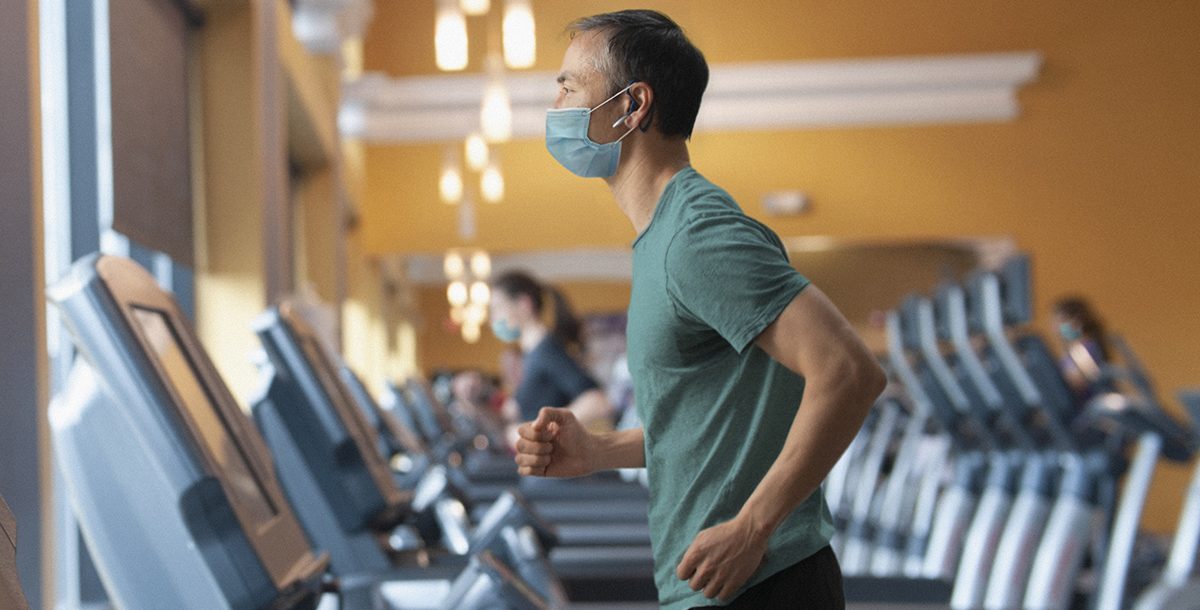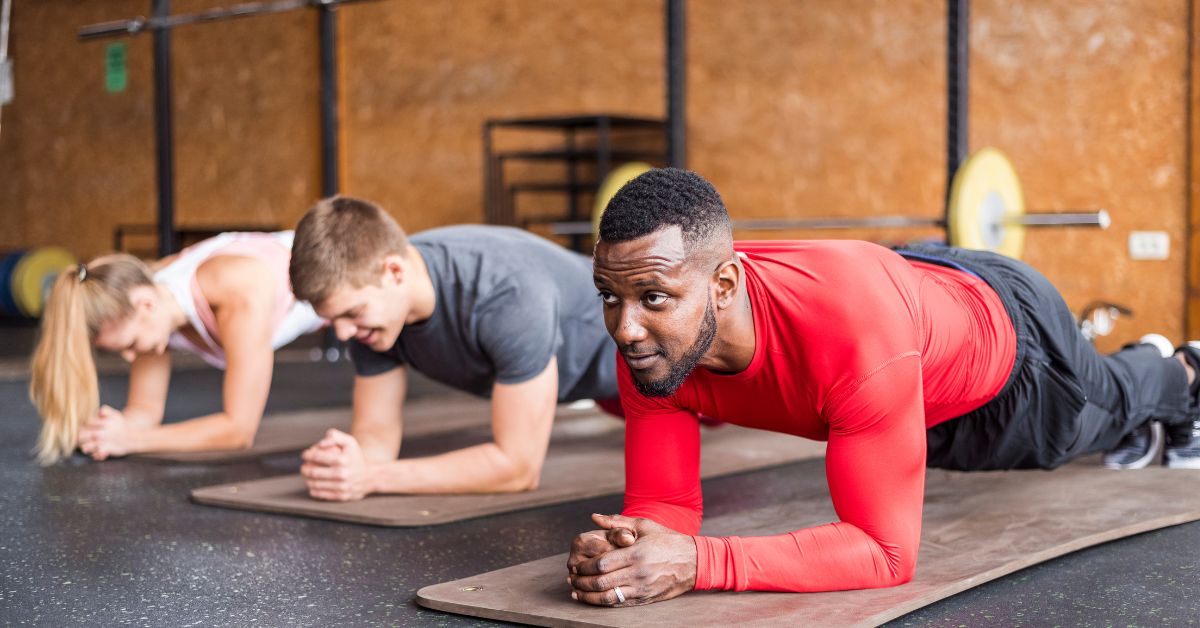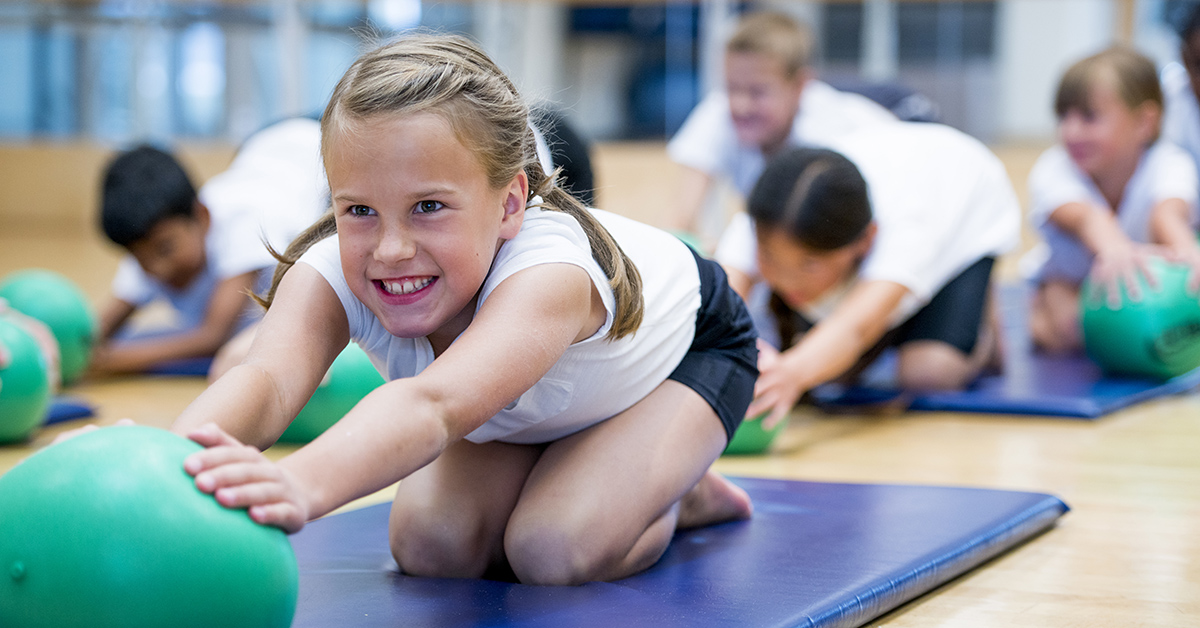Face masks have quickly become a staple of daily life. The Centers for Disease Control and Prevention (CDC) is encouraging everyone to wear one when out public and around others outside your immediate family. Since COVID-19 travels through droplets from a sick person when they cough, talk or sneeze, wearing a face mask helps prevent the spread of this virus.
When exercising, people tend to breathe more heavily. Thus, it is definitely possible for COVID-19 to spread when you are working out in a public area, such as a gym. When working out around others, you should wear a mask if you cannot practice social distancing. There are also other safety guidelines to consider so you can protect your overall health while getting the physical activity your body needs.
Keep your space while exercising
Regular exercise is good for both your physical and mental health. You may feel it has been harder to stay active during the current pandemic, especially if your typical work out includes going to a gym or a group class. However, there are many ways you can get your heart pumping that don’t require you to be around others.
You do not need to wear a mask when hiking, running, walking or biking outside, as long as you keep your distance from people you find along your path. Additionally, when you work out in the comfort of your own home, a mask is not needed.
With any physical activity right now, it is important to stay at least six feet away from others. Therefore, if you are heading to work out at a gym or a crowded outdoor location, you’ll want to bring your face mask along.
Always stay aware of your breathing
When working out while wearing a mask, it is critical to listen to your body and watch for warning signs that you need to take a break or slow down.
Having trouble breathing, feeling too hot or feeling dizzy? Take these steps to protect your health:
- Stopping or slowing down your workout
- Moving at least six feet away from other people and taking your mask off
- Drinking water to rehydrate your body
- Slowly resuming your workout when you feel better
Your body will eventually adjust to wearing a face mask during physical activity. However, it is important to monitor how you are feeling and give yourself time to change.
Additional safety tips
Consider the material of the face mask you use during workouts. Like all face masks, it should fully cover your mouth and nose. It should also be comfortable and stay in place. Medical-grade and N95 masks are more difficult to breathe in, so opt for something thinner, like a cloth face covering, when you’re active.
Also try to find one made of material that wicks away moisture. When your face masks becomes wet from sweat, it makes it harder to breathe through. Additionally, wet fabrics are easier for COVID-19 germs to enter through. Bring a least one spare mask with you when you leave to work out in case your first one gets wet.
And finally, if you have any pre-existing heart or breathing conditions, consult with your primary care provider before attempting to exercise while wearing a face mask.
Stay updated on what Bon Secours is doing related to COVID-19.





